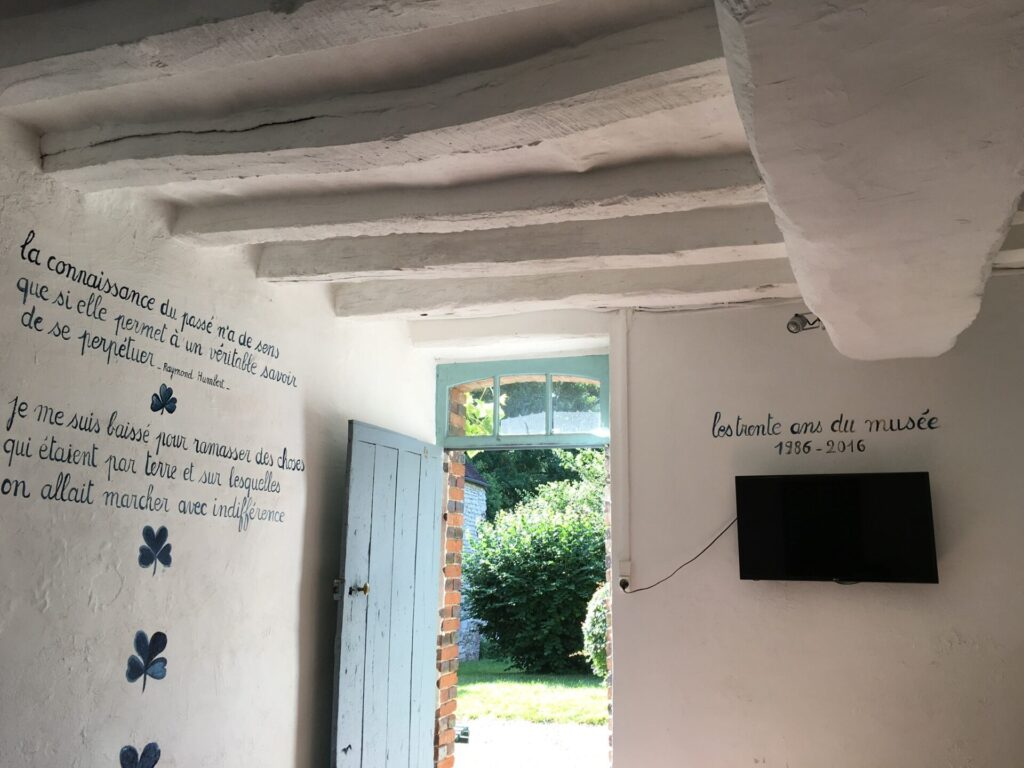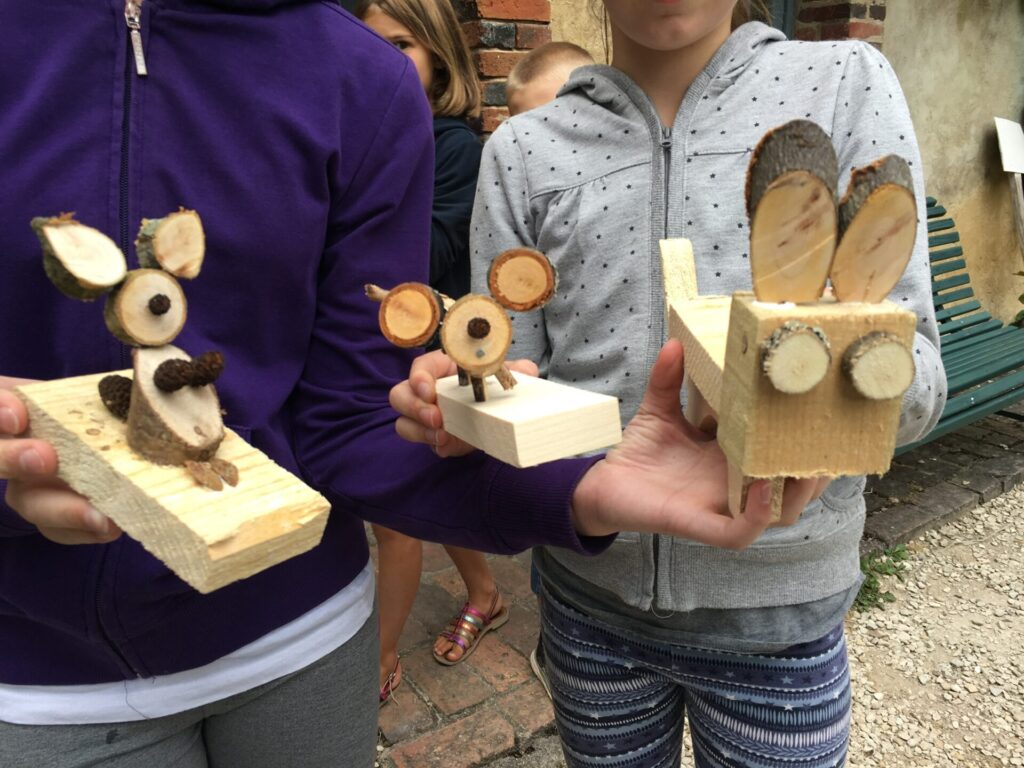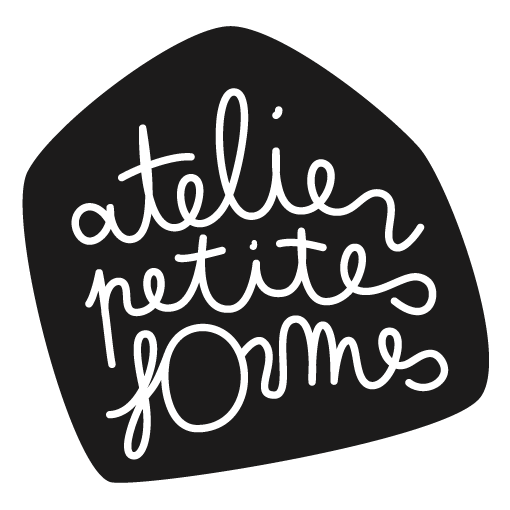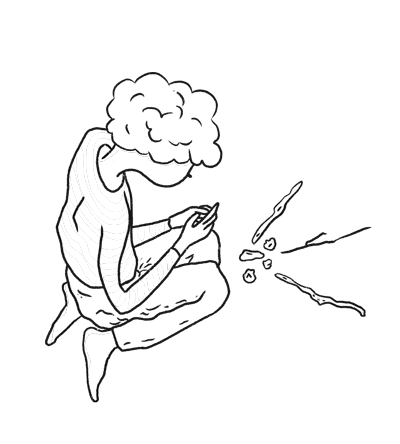The toys of the Laduz Museum
J’ai eu l’occasion de travailler pendant quelques mois au Musée d’art populaire de Laduz dans l’Yonne. Un musée rural construit par la famille Humbert : Jacqueline Raymond et leurs trois fils, pour présenter leur collection exceptionnelle d’artisanat du XIXe siècle dans les régions de France avant l’industrialisation.

La scénographie est remarquable, le choix des objets du plus petit outil à l’œuvre singulière se fait avec un goût et une sensibilité qui m’ont toujours transporté.
Au musée, plusieurs collections d’art populaire m’ont touché, et j’ai eu la chance de parcourir mes salles préférées tous les jours : l’Atelier d’Alfred Chanvin, charpentier dans l’art forain, la marine populaire et les jouets populaires.

Les jouets sont présentés à l’étage sous le toit mansardé du bâtiment en pierre calcaire. Les murs sont bleu nuit et dans chaque jouet il y a comme un mystère à percer. Cette salle de jouets populaire était à moitié enchanteresse, à moitié effrayante.
J’ai accueilli à plusieurs reprises des groupes d’enfants dans cette chambre double et leur curiosité pour les ours rembourrés de paille, les poupées en carton bouilli, les dîners en fer, les ensembles de peintres, les lampes magiques, la mienne toujours renouvelée.

L’humilité du petit cheval en bois fabriqué par un père pour son enfant à la fin du XIXe siècle, l’archétype du cheval aux lignes simples en fonction de la forme du morceau de bois était notre préféré, pour Jacqueline Humbert et moi.
Ce qui m’a fasciné, c’est de voir la fabrication de jouets, loin du plastique et des jouets formatés, standardisés âge par âge. J’ai vu comment les parents d’autrefois pouvaient passer leurs soirées à faire de petits compagnons pour leurs enfants, de l’artisanat avec ce qu’ils avaient sous la main, de l’artisanat d’une beauté infinie.
Les jouets industriels bon marché offerts aux enfants du village, qui pouvaient être acquis, ont profondément modifié les relations humaines, en particulier entre les enfants et les parents. Auparavant, ils ne connaissaient pas la pauvreté. Cela ne leur a pas permis d’accéder à des biens de consommation qu’ils ne voyaient pas exister, mais cela a été compensé par leur capacité à faire et à créer.
Les jouets populaires, Raymond Humbert, Temps Actuels Editions, 1982
Me documenter sur l’histoire des jouets à travers les écrits publiés par Raymond Humbert, découvrir les jouets d’antan, accompagner les enfants dans leurs observations et dans la fabrication de jouets en bois simples subtilement et sans s’en rendre compte dans le moment, inspiré et axé sur mon projet actuel : un atelier pour les petites formes, un atelier pour la conception et la fabrication de jouets humbles et authentiques pour enfants.



